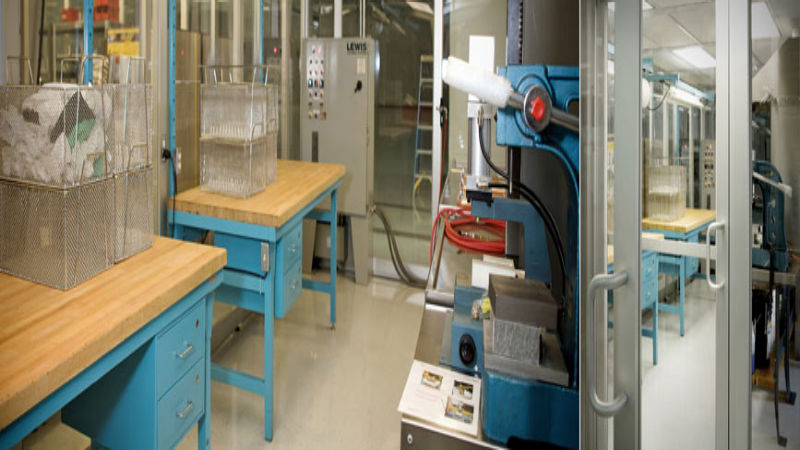When it comes to breathing circuit cleaning, complete sterilization is crucial to keeping the machine safe for people to use. With so many different ways to clean and disinfect out there, it is important to understand your options. The process of ultrasonic cleaning is one of the most effective and efficient processes for this type of disinfection. With this method of cleaning, machined parts and various assemblies can get a deep clean, with no residue left on the parts that could put a patient at risk of contracting disease or other types of harmful contamination.
The Ultrasonic Cleaning Process
Ultrasonic cleaning is a process that uses the power of ultrasound and in some cases a cleaning solvent to clean machined parts and assemblies. The power of high frequency sound waves, ranging between 20-400 kHz, are a crucial part of this process. The waves are created through the use of an external transducer unit which causes the waves to form bubbles within the cleaning solution.
These extremely tiny bubbles, when they reach a specific point in the transducer unit, they implode on the surface of the machined part, removing residue, dirt, grime, etc. This event happens within the cleaning unit at a very high pressure, but on a safe and very small scale. This type of process is called an oxygen cleaning since it uses air bubbles to clean the surface of the parts. An oxygen cleaning job is not only effective, but is also gentle, with no risk of damaging the part. There are currently a wide range of specialized processes for breathing circuit cleaning, including but not limited to, High Pressure Oxygen (HPO2) Clean Specs processes and Breathing Circuit Gases (BCG) Clean Specs.
Another benefit of this process is that it can be done efficiently using only water for a deep clean. Depending on the level of grime or dirt, an appropriate solvent can be used on the machined part or assembly to further enhance the ultrasonic cleaning process.
Ultrasonic Cleaning – Safe and Convenient for all Types of Components
Because this cleaning process works and cleans on a microscopic level, you can rest assured that the breathing circuit machines or other medical equipment is sterilized and safe for use by the next patient. With the micro bubbles, this process is great for parts of all sizes and can also effectively clean small crevices, wires, and tubing.







